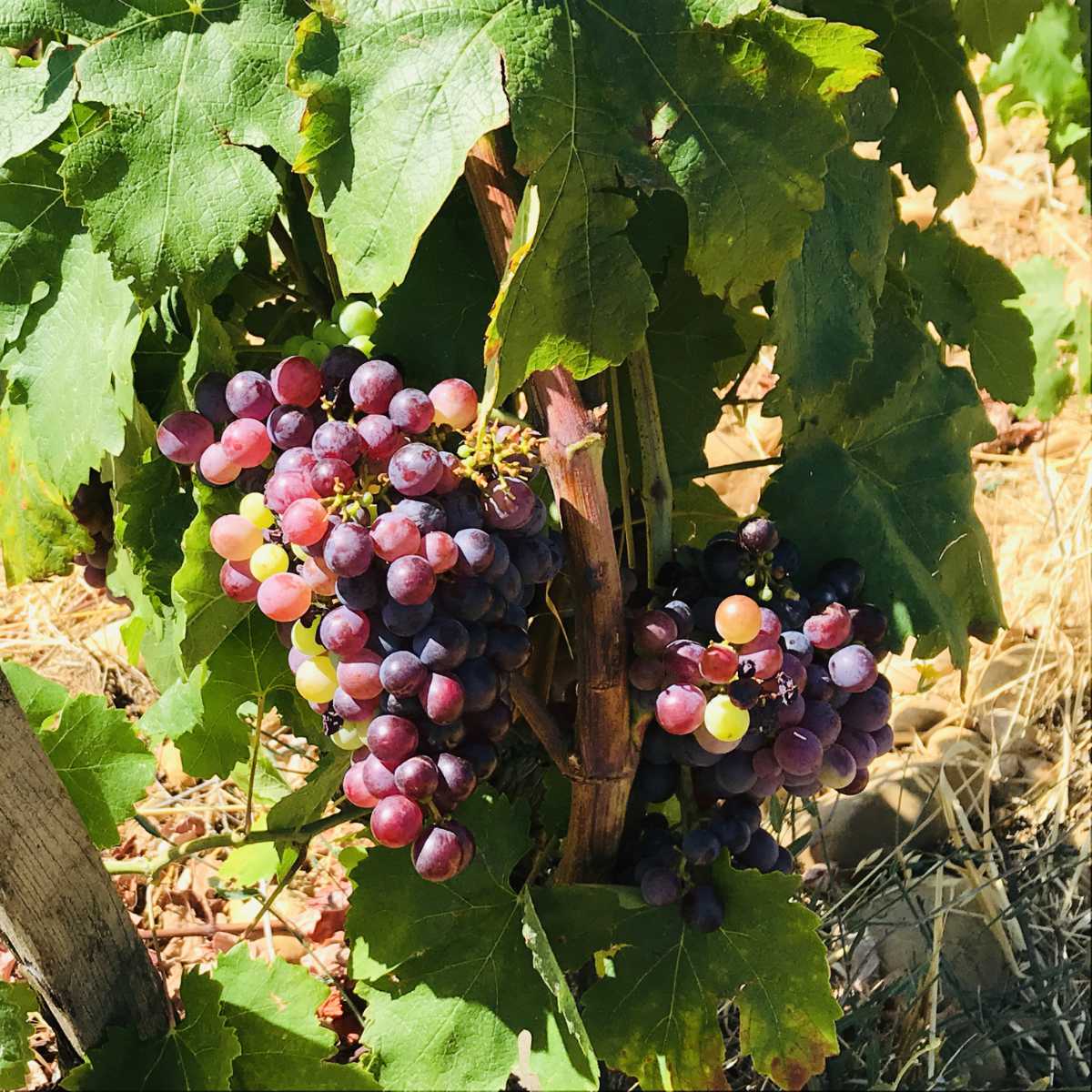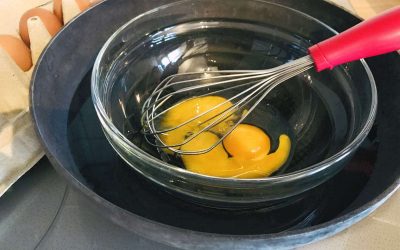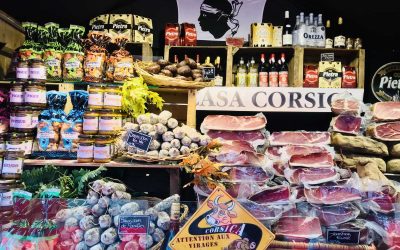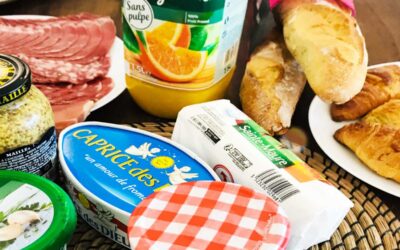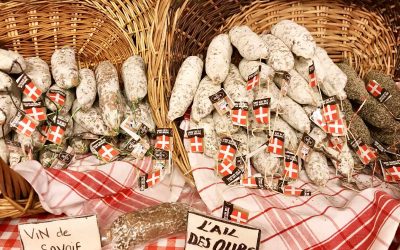Terroir is often commonly translated as “land”, but it’s so much more than that. It is a way of life in France, a way to emphasize the art de vivre that French people aspire to.
It is most commonly associated with wines as a way of distinguishing a good wine from a great one. It does also extend to other foods however, with traditionalists usually visiting farmers’ markets everyday for the freshest produce and cooking everything from scratch.
The idea is to know where exactly that item that you are putting in your body was produced, and who produced it. In essence the French version of “Buy local”. So let’s have a look at how that translates into practise, shall we? Allons-y!
Soil and climate conditions
Technically, terroir refers to the characteristics of a product that are attributable to the geographical location where it was made. While it doesn’t have a specific English translation, it can loosely be translated to the “taste of a place.”
However, in French terroir also refers to the growing conditions derived from the climate, topography, geography, and natural environment of the place where the product is made.
Traditionally, this has been especially important when it comes to producing wines in France. The idea is that the way the soil, climate and local environment interact create something that is wholly unique, and it is this terroir that makes that bottle of great wine.
Food
While the term terroir was originally used to describe wine (more on this later), it can also be used to describe any food product that is influenced by its geographical conditions.
Items like cheeses produced in France are very much tied to the area they are produced in, and are legally protected as appellations, and trademarked. For instance, the camembert cheese comes from the village of Camembert in Normandy, and cannot be made elsewhere.

Beyond food items whose appellation is protected, the concept of the terroir in France encourages a strong push towards eating locally produced food products.
French cooking revolves around the concept of terroir as in “the land”. The best vegetables to stock in your pantry are the ones that are in season, and if possible, cultivated closeby.
This is why producers’ markets are so popular in France. Even in big cities like Paris, will have a outdoor farmers’ markets a couple of times a week in different neighborhoods. In addition, every town or village across the country, no matter its size, will have their own market at least once or twice a week.
That old tradition is still going strong in France amongst the locals heading off weekly to buy groceries, flowers, or knick knacks that have all be produced locally, and to have a chat with neighbors and enjoy the atmosphere.
The emphasis on good food, starts as early as preschool, with schools serving organic meals and banning items like ketchup. Hotdogs and fries are rarely the menu (unless it is a theme day!) and children are expected to have well balanced meals.
Schools and créches (nurseries) are even required to identify where the meat they are serving comes from, and meet certain quotas for serving fruit and vegetables.
In addition to the quantities of fresh produce being served, there is also an emphasis on serving what is in season, to reduce the reliance on pesticides and artificial stimulants.
Here is a quick chart to show when particular vegetables and fruits are in season:
| Time of the year | Seasonal Fruits and Vegetables |
|---|---|
| Summer | cucumber, artichoke, peppers, broccoli, tomatoes, watermelon, figs, raspberries |
| Fall | beetroot, aubergine (eggplant), yams, zucchinis, grapes, peaches, blueberries |
| Winter | cauliflower, celery, brussel sprouts, green beans, oranges, lemons, kiwi |
| Spring | leeks, spinach, snap peas, carrots, grapefruits, strawberries |
Other vegetables like carrots, onions, garlic, and tomatoes (fresh or canned) are staples all year around in the French pantry.
Meats are bought fresh from the butcher, added to vegetables that are in season. Add a dash of freshly harvested olive oil from Provence, butter, herbs and spices and you have the basics of French cuisine in a nutshell.
These days, busy families in France struggle to go to the marché everyday, just like families all around the world. Which makes the French tradition of the terroir all the more precious to hold on to. (And a few grocery delivery services certainly help!)
Wines
When it comes to wines in France, there is a great deal of value derived from knowing the terroir. And that means specifically where the wine comes from, down to the village and area that those exact grapes were grown. The hillside of the mountain that the vine was grown on will affect the amount of rain it gets, its soil, sun exposure and more.
As an example, both Bordeaux and Burgundy wine regions which produce some of the top wines in the world, place a good deal on emphasis on the terroir.
Burgundy wines are named based on specific plots of land. A particular specific vineyard or region will bear a given classification, based on the soil and climate on that piece of land.
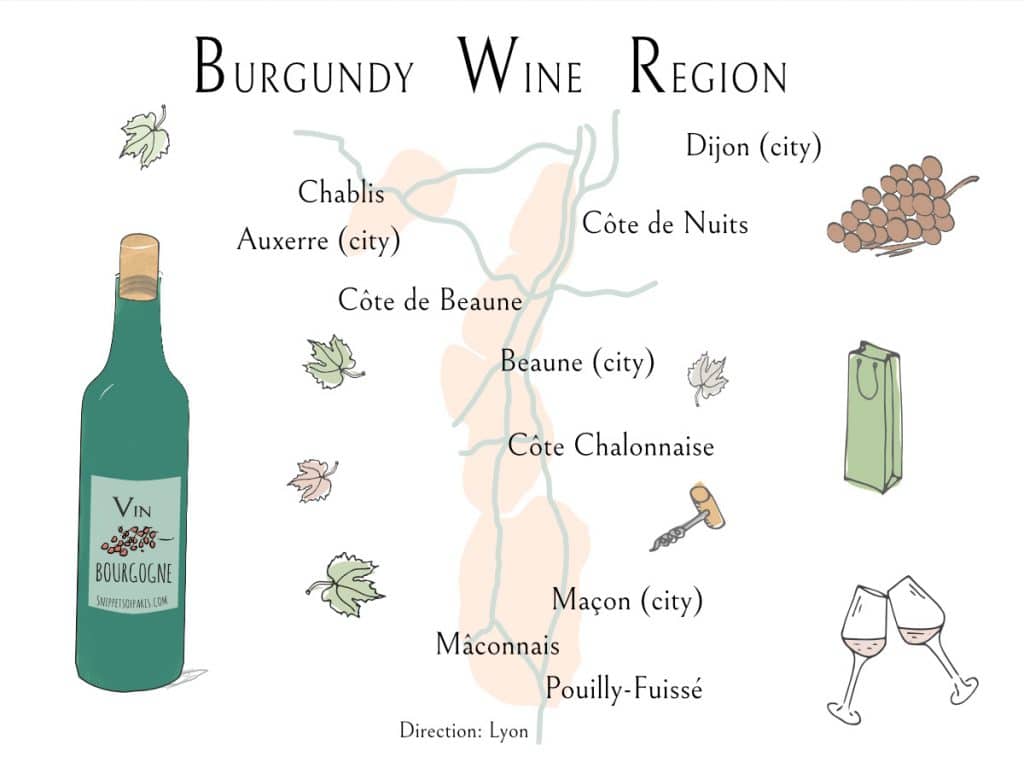
For example, the wines from Chablis (usually white wine) is one of the most famous names we tend to hear from Burgundy with 7 grand crus, and the nearby Côte de Beaune also has an equivalent 7 white grand crus in the area.
For red wines, the Côte de Nuits from Burgundy has 24 grand crus, which are mostly pinot noir reds that are some of the most expensive wines in the world. Because the Grand cru wine label is based on the actual location, another wine from a different part of Burgundy cannot earn that same Grand cru label.
Compared to Burgundy wines, Bordeaux wines are not based on the area location but based on the estate or château. However, this also specifically refers to the terroir that the wine comes from.
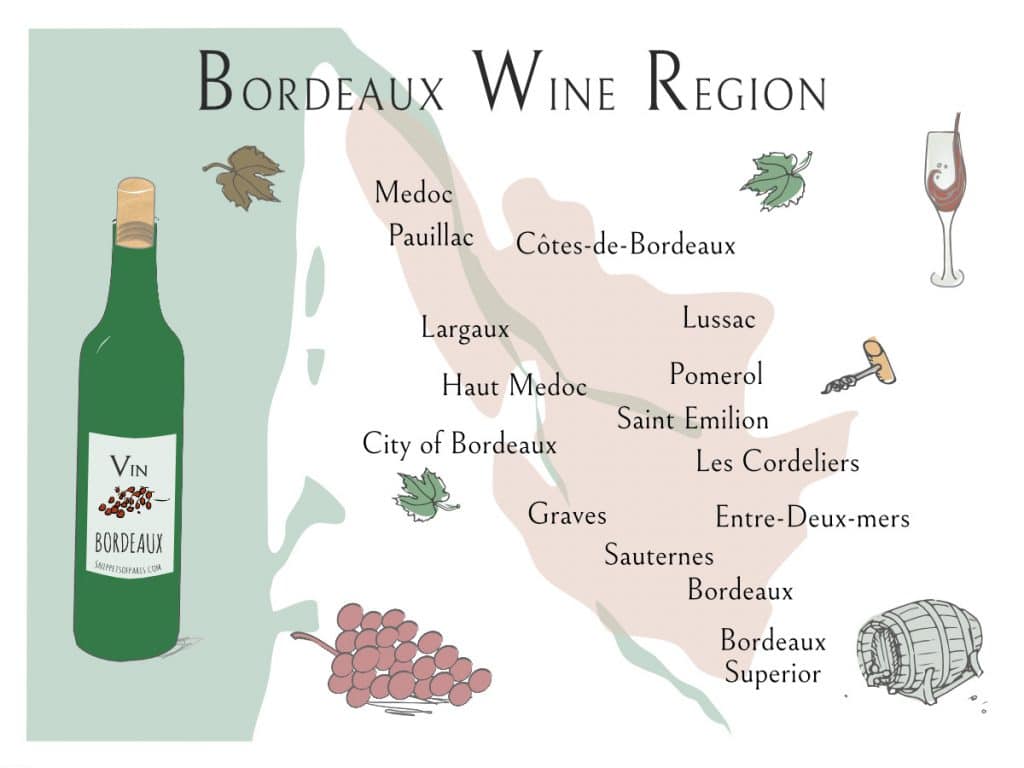
For instance, in the Bordeaux wine region, the soil which is more gravelly on the Left Bank with particular rain and climate conditions, making wines with a cabernet savignon grape that has more tannins. It is why Left Bank Bordeaux can be tough to drink when very young, but gain substantially in depth as they age and the tannins smooth out.
Right Bank Bordeaux are generally smoother and can be imbibed right away with the sweet fruit tones of the merlot balancing out the tannins. Although they can be drunk earlier, they do also age well.
The higher the prestige, the more details will be provided on the location that the grapes came from, how the wine was bottled and who takes ownership of the quality of the wine.
For instance, a high-end prestigious wine will not just say it is a “Cabernet Sauvignon from Bordeaux“. One of the most prestigious winemakers in the world, the Château Mouton Rothschild, will instead say its name, that it falls under the appellation of the village of “Paulliac AOC” in Bordeaux.
Wine connoisseurs are meant to know that approximately 75% of the Paulliac grape blend was the cabernet sauvignon grape, and hence this is what that wine will taste like.
Other regions like Alsace name its bottles based on the grape variety, but the appellation system and whether it is a top wine or not, still depends on the wine’s terroir and climate conditions.
Apéritifs and digestifs like cognac and armagnac are also protected based on their geographic location. Not to mention, champagne!

If you enjoyed that article, you may like to read more about other French cooking terms and techniques. A bientôt!
